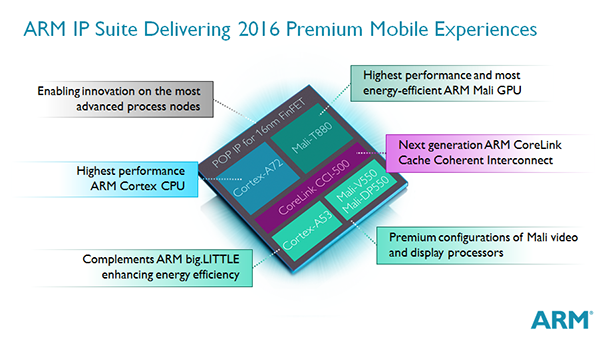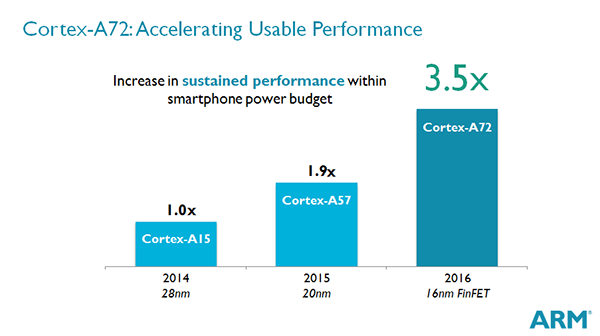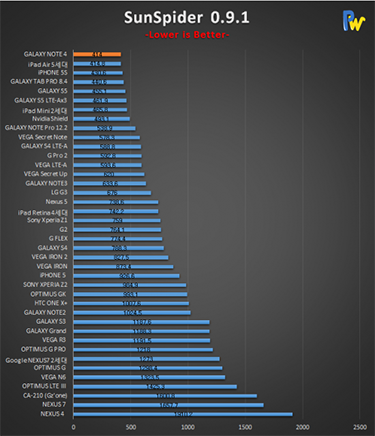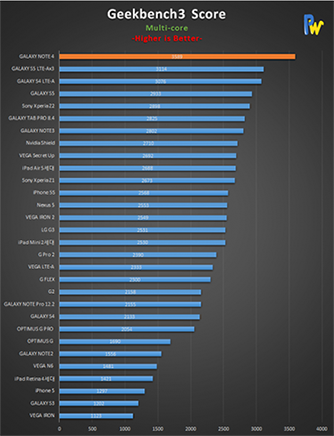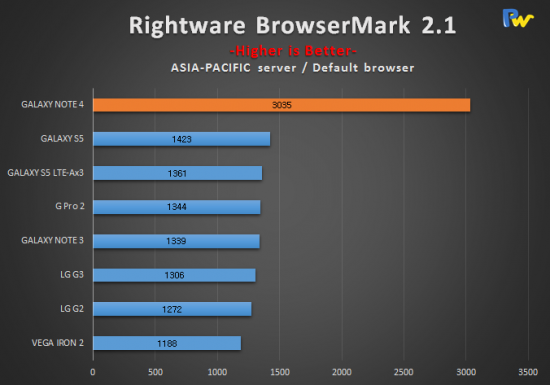This is a guest blog by Nandan Nayampally, vice president of marketing for the CPU Group at ARM. The views expressed in this blog are his and his alone. We invited Nandan to share some of his thoughts the recently announced ARM Premium Mobile Experience that's primed to deliver outstanding performance for mobile devices from 2016 onwards.

How ARM® Cortex®-A72 CPU will enable New Premium Mobile Experiences
The ‘mobile experience’ has come a long way since the early days when customers started to identify ‘premium devices’ – back then, unparalleled voice clarity was a sufficient draw. In just a few years, we have seen an incredible diversity of devices, offering new and improved experiences that consumers have eagerly embraced. This is particularly evident at the leading-edge of premium devices during the last five years. In 2009, devices used a single-core ARM® Cortex®-A8 processor and were establishing a precedent for the premium experience: with smartphones starting to permeate both enterprise productivity through integrated email, and our personal digital lives with instant messaging and multimedia capability.
Today, we expect our flagship devices to deliver ultra-fast web browsing, uninterrupted syncing with various hardware accessories, and applications which allow us to manipulate images and documents locally, with more capability drawn from the cloud; all of this, all-day long. The premium mobile experience has evolved; meaning the smartphone SoC utilises IP with significantly more capability than those in early devices. In early 2014, smartphones using Cortex-A15 processor-based SoCs offered a spectacular increase in CPU performance – an increase of 17x from 2009 SoCs. Looking ahead, several factors such as demand for 4K content are driving peak system bandwidth and performance for future mobile SoCs; and demand for longer battery lives mean that ARM’s focus on energy efficiency, even at the leading-edge of CPU performance, has more relevance than ever.
This week, we announced the first premium IP suite targeted at SoCs for future premium mobile devices. This announcement marks the next step in a greater journey ARM has been on together with our partners in the ARM ecosystem, to re-define future premium mobile experiences. To bring about a true transformation at this level demands that all parts of the mobile SoC grow. At the heart of this IP suite is the new ARM Cortex-A72 processor, which will deliver a 50x CPU performance improvement in 2016 devices compared to 2009 devices! What is more incredible is that this improvement is delivered within the same power budget, allowing ARM partners to implement these SoCs in ever-thinner devices. This performance trend is significantly steeper than what Moore’s Law alone would enable, with continuously-improving CPU micro-architecture being a major factor.
The Premium IP suite announced includes not only the new Cortex-A processor, but also the Mali™-T880 GPU and CoreLink™ CCI-500 interconnect, along with premium configurations of the Mali-V550 and Mali-D550 video and display processors, respectively. When used together in a mobile SoC, these products will ensure that 2016 smartphones deliver unprecedented performance and efficiency. The Cortex-A72 processor in conjunction with the POP IP for 16nm FinFET+ technology unleashes the level of performance that can enable fully-integrated, fluid and seamless enterprise productivity application suites, sophisticated content-creation such as modelling and simulation tools, or movie editing. Furthermore, stunning console-like gaming, and virtual reality applications delivered on smartphones will give another dimension to the mobile experience, making your primary compute platform, your only compute platform.
Specific to the microarchitecture, the Cortex-A72 processor benefits from enhancements in all aspects of CPU performance – integer, floating-point performance and especially, memory streaming, which will vastly improve large datasets and interactive workloads within the constrained energy and power budgets of smartphone devices. Notably, the Cortex-A72 processor will deliver:
- 3.5x the performance of 2014 devices based on the Cortex-A15 processor
- Sustained operation within the constrained mobile power envelope at frequencies of 2.5 GHz in a 16nm FF+ process or other advanced nodes and scalable to higher frequencies for deployment in larger form-factor devices
- Improved energy efficiency that delivers a 75 percent reduction in energy consumption when matching performance of 2014 devices
- Extended performance and efficiency when the Cortex-A72 CPU is combined with a Cortex-A53 CPU in ARM big.LITTLE™ processor configurations, which could save an additional 40-60 percent energy on common use cases.
The versatility and scalability of the Cortex-A72 processor - giving it the ability to fit a great deal of computation into really tight area and power budgets - makes it an ideal solution for lighter, thinner, fanless larger-screen devices. This also makes the Cortex-A72 processor very attractive for a wide range of markets and applications. We are excited to see the direction and diversity of future devices that the current 10 Cortex-A72 processor licensees, who already have access to the IP, will deliver. We are working very closely with our partners to ensure that we continue to rapidly deliver the latest leading-edge compute performance and latest features to consumers.
We are able turn our attention to address what future premium mobile experiences of 2016 would be like, only by building on the enormous success of the Cortex-A57 and Cortex-A53 cores - ARM’s first processors built on the ARMv8-A architecture. First announced in November 2011, the ARMv8-A architecture and Cortex-A57 and Cortex-A53 processors have cumulatively amassed over 50 licensing agreements. This momentum is particularly strong in manufacturers of application processors targeted at smartphones, with all top-10 players having adopted ARMv8-A.
There is an amazing transformation taking place in the mobile ecosystem and we are seeing this being driven by the ARM Ecosystem at an unprecedented pace. Through 2014, we have seen Cortex-A53 processor-based SoCs designed into 100s of devices, bringing the benefits of the latest ARMv8-A architecture and supporting the huge demand in growing smartphone adoption driven by Asia Pacific markets. Just weeks ago, we saw the release of Microsoft Office in 33 languages across 110 countries for ARM-based Android smartphones and tablets, a decisive step in the direction of mobile-first productivity. This is further enhanced by industry-standard tools such as AutoCAD360 used across civil engineering, architecture, manufacturing and production sectors starting to appear on smartphones and tablets. We are also seeing the latest real-time illumination technology from ARM Geomerics being integrated into the latest game engines, bringing a step-change in the quality of gaming experiences for the ‘mobile gamer’.
When combined together in a big.LITTLE configuration, the Cortex-A57 and Cortex-A53 create premium mobile platforms with extreme dynamic range in performance with energy-efficiency throughout. We are seeing a big wave of these Cortex-A57 and Cortex-A53 processor-based devices coming to market, with devices such as the Samsung Galaxy Note 4 already shipping and achieving consistently high benchmark scores and leading the mobile experience. We have also recently seen several Cortex-A57 processor-based devices announced, such as LG G Flex2, LG G4 and Xiaomi Mi Note Pro, to name a few.
Source: WCCF Tech.com
The Cortex-A72-based products will build on this very solid foundation next year. It is an exciting time for us and the ARM partnership and I hope you think so too! To learn more about the products launched, check out our announcement and let us know what you think.






